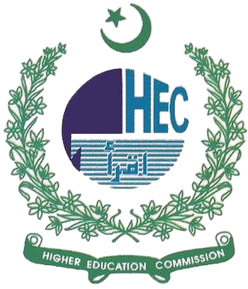THE FRAGMENTED SELF: THE LINGUISTIC ANALYSIS OF IDENTITY IN THOMAS PYNCHON’S GRAVITY’S RAINBOW
DOI:
https://doi.org/10.63878/jalt857Keywords:
Fragmented Identity, Polyphony, Postmodernism, Paranoia, Technological Determinism, Cultural Dislocation.Abstract
The linguistic study of Thomas Pynchon’s work Gravity’s Rainbow (1973) aims at examining the role of language in creating fragmented self, resulting in dissolved identity of its main character Tyrone Slothrop in the postmodern and war-torn environment. The research uses a postmodernist theory of Fredric Jameson and a concept of polyphony by Mikhail Bakhtin to evaluate polyphonic narrative voices, neologisms, and syntactic dislocations using stylistic and discourse analysis. The four themes, such as paranoia and surveillance, technological determinism, cultural dislocation, and historical trauma, are discussed in some selected passages, and the linguistic strategies adopted by Pynchon reflect dislocated identity of Slothrop. It was found that polyphonic voices, such as those of a dozen different Slothrops (Pynchon 241) and neologisms, such as preterite (Pynchon 85) disrupt a unified self, as postmodern critics of identity would claim. The research fills the gaps in Pynchon studies by borrowing linguistic approaches of Joyce and DeLillo studies to advance the knowledge of identity fragmentation in the postmodern literary texts. This study shows that by associating linguistic innovation with the themes of war, technology, and cultural chaos, in Gravity’s Rainbow has described the disintegration of the self as a result of historical and cultural displacement, providing a new perspective on Pynchon in his criticism of the technologized world.
Downloads
Published
Issue
Section
License

This work is licensed under a Creative Commons Attribution-NonCommercial-NoDerivatives 4.0 International License.


